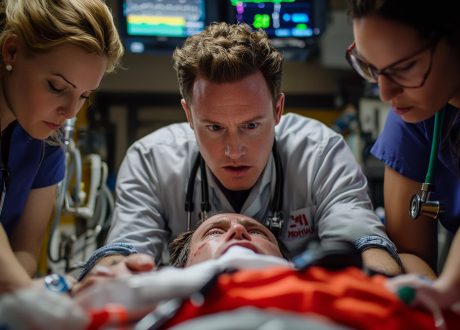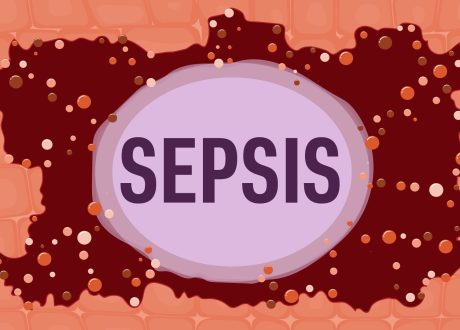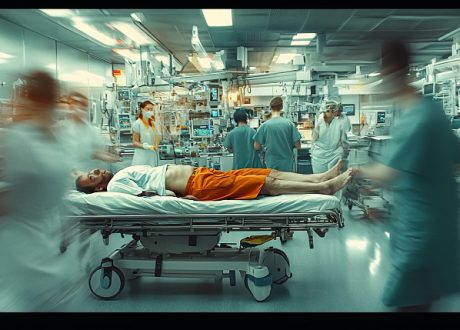Podcast: Play in new window | Download
Just as pediatric patients are not small adults, geriatric patients are not just old adults. Here are a few facts: the oldest old are the fastest growing population in North America. Older adults with severe injuries represent at least 40% of all adults with severe injuries in the Canadian trauma system. Older patients are more likely to experience trauma and to have worse outcomes after a trauma. In this Part 1 of our 2-part EM Cases podcast series on Geriatric Trauma, Dr. Barbara Haas, Dr. Camilla Wong and Dr. Bourke Tillmann answer questions such as: why are older patients under-triaged to trauma centers and how does that affect outcomes? What is the utility of the Shock Index in older patients? How should we adjust airway management for the older trauma patient? Which older patients do not require head or c-spine imaging after a ground level fall? Why is it challenging, yet of utmost importance, to clear the c-spine of a geriatric trauma patient as soon as possible? When can anticoagulation medications be safely resumed after an older person has sustained a minor head injury? and many more…
Podcast production, sound design & editing by Anton Helman. Voice editing by Danielle Lewis.
Preproduction by Anh Thi Nyugen, Barbara Haas, Camilla Wong & Anton Helman.
Written Summary and blog post by Winny Li, edited by Anton Helman August, 2021.
Cite this podcast as: Helman, A. Wong, C. Haas, B. Tillmann, B. Geriatric Trauma Part 1: The Under-Triaging Problem, Resuscitation, Airway, Head and C-spine Imaging, Clearing the C-spine. Emergency Medicine Cases. August, 2021. https://emergencymedicinecases.com/geriatric-trauma-under-triaging-resuscitation-airway-head-c-spine-imaging-clearing-c-spine. Accessed [date]
The problem of under-triaging geriatric trauma patients
Undertriage, both at the ED triage and to the lead trauma center, may be the single most important modifiable problem in trauma in older adults. In Ontario, >2/3 of older adults with major traumatic injuries (often related to minor mechanisms of injury such as ground-level falls) are triaged to a non-trauma center and <50% of these patients are transferred to a trauma center. Observational studies suggest as much as a 25% reduction in mortality, a reduction in delirium (51 vs 41%, P = 0.05) and fewer discharges to long term care (6.5% vs 1.7%, P=.03) when injured older patients are cared for at a lead trauma hospital. Trauma centers not only provide definitive surgical care, but they improve mortality and functional outcomes through access to multidisciplinary teams specialized in trauma care. Older patients with non-operative injuries also benefit from care at a lead trauma center. The lack of need for emergency surgery should not preclude consideration for transfer to a lead trauma center. Ground-level falls are are the most common mechanism of injury in older patients and carry a 10-fold higher mortality rate in older patients.
What can we do as emergency physicians to mitigate undertriage of older trauma patients? Be an advocate for your older trauma patients even if they have non-operative injuries, be familiar with your local trauma transfer guidelines (see below for example) and maintain a low threshold to transfer older trauma patients to a lead trauma center.









